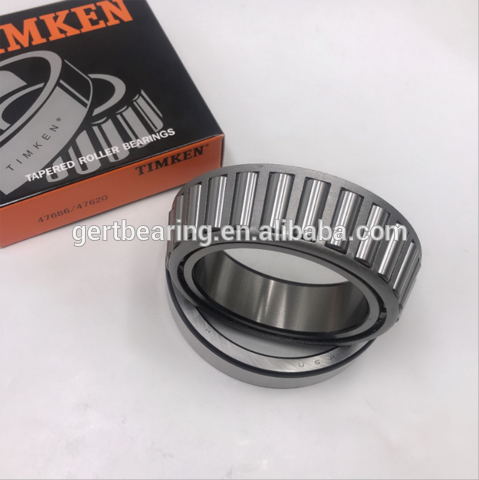Tapered Roller Bearing Dimensions: A Complete Guide for Industrial Applications
# Tapered Roller Bearing Dimensions: A Complete Guide for Industrial Applications
## Introduction
Tapered roller bearings are precision components designed to handle combined radial and axial loads in mechanical systems. Their unique conical geometry allows for efficient load distribution, making them indispensable in automotive, aerospace, and heavy machinery applications. As we approach 2025, market analysts predict a 6.8% annual growth in the global tapered roller bearing market, driven by increasing industrial automation and renewable energy projects. With proper dimension selection being critical for operational efficiency, how can engineers ensure they're choosing the optimal tapered roller bearing dimensions for their specific requirements?
## Section 1: What Are Tapered Roller Bearing Dimensions?
Tapered roller bearing dimensions refer to the standardized measurements that define a bearing's physical characteristics and load capacity. These include:
- **Bore diameter**: The inner diameter where the bearing mounts on the shaft
- **Outer diameter**: The external measurement across the bearing housing
- **Width**: The total axial length of the bearing assembly
- **Cone angle**: The critical angle determining load distribution characteristics
These dimensions follow international standards (ISO, ANSI/ABMA) to ensure compatibility across global supply chains. Industrial applications range from wheel hubs in vehicles to gearboxes in wind turbines, where precise dimensional tolerances are paramount.
## Section 2: Key Benefits of Proper Dimension Selection
Choosing correctly sized tapered roller bearings delivers measurable operational advantages:
1. **Extended service life**: Properly dimensioned bearings show 30-50% longer lifespan according to Bearing Research Institute data
2. **Reduced energy consumption**: Optimal sizing decreases friction losses by up to 15%
3. **Lower maintenance costs**: Correct dimensions prevent premature wear and associated downtime
4. **Improved load capacity**: Precision dimensions ensure optimal contact angle for load distribution





 13869596835
13869596835